After I finished my first year of retirement, I found this book. Mr. Gilbert’s book is thoughtful and introspective in his analysis and reflections. His advice would be to read this book and start thinking about all of this at least three years before you are considering retiring. I would say that anywhere from one […]
Book Genre: Reading Now

Keys to a Successful Retirement: Staying Happy, Active, and Productive in Your Retired Years
Fritz Gilbert
2020
Read: 2024
Non-Fiction, Reading Now

The Ideal Team Player: How to Recognize and Cultivate The Three Essential Virtues
Patrick M. Lencione
2016
Read: 2024
Education/Leadership, Non-Fiction, Reading Now
One of my favorite parts of my career in public education is the teams that I have been fortunate to be a part of. I wrote a post on my love of teams back in 2020, celebrating teams that included: History classes that I taught New teachers (and eventually veteran ones too) at San Lorenzo […]

The Comfort Crisis: Embrace Discomfort To Reclaim Your Wild, Happy, Healthy Self
Michael Easter
2021
Read: 2024
Non-Fiction, Reading Now, Spirtuality
After I wrote my blog post on doing something that sucks everyday, my sister-in-law Libby recommended that I read this book. It was an outstanding recommendation. Michael Easter does a wonderful job of telling the story of a highly challenging hunting trip to Alaska, weaving in research on how we 21st century humans have it […]
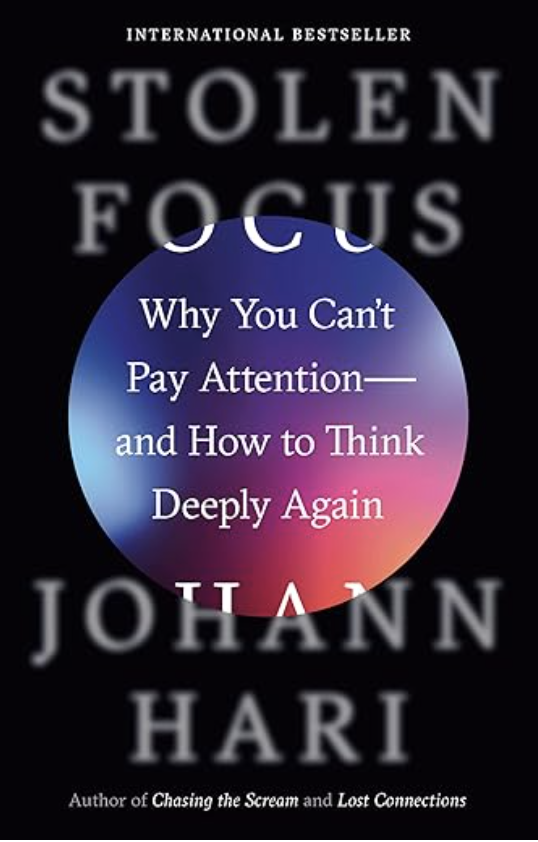
Stolen Focus: Why You Can’t Pay Attention and How to Think Deeply Again
Johann Hari
2022
Read: 2023
Education/Leadership, Non-Fiction, Reading Now
My friend Jenn loaned me this book. That means I read it as a paperback, instead of Kindle-ing it. I read less than 10% of my books in hard copy. This was a perfect one to choose to be part of that 10%. This is a book about why we are distracted, and the forces […]
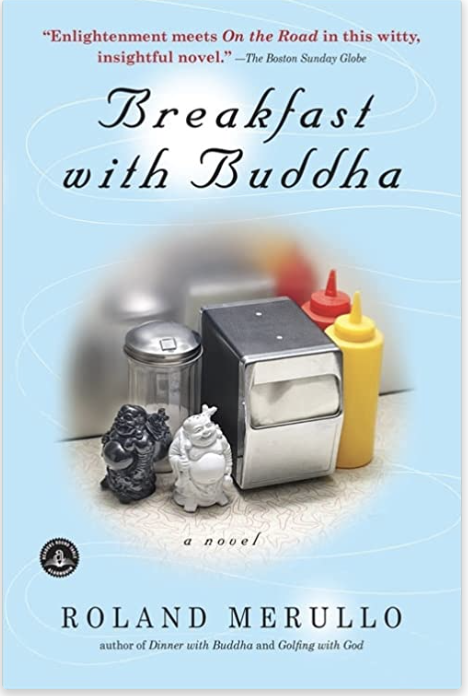
Breakfast with Buddha
Roland Merullo
2008
Read: 2023
Fiction, Reading Now, Spirtuality
OK. I love this book. It’s one of the few books I’ve read where, after I finished it, I immediately began reading it a second time. I’ve written about it in two separate blog posts, and I have many friends who have read it and loved it after I suggested it to them. It’s a […]
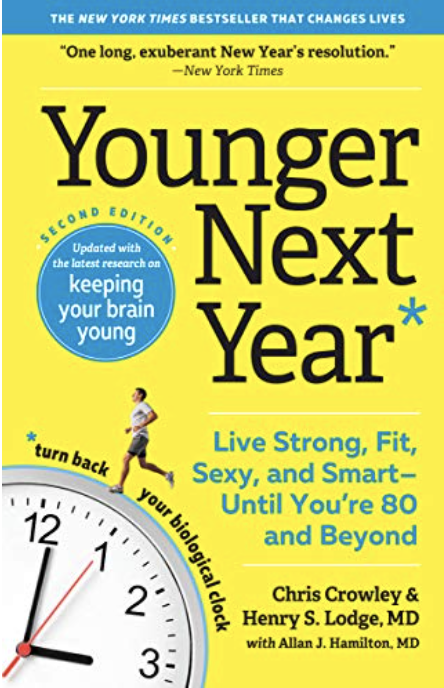
Younger Next Year: Live Strong, Smart, Sexy, and Fit – Until You’re 80 and Beyond
Read: 2022
Non-Fiction, Reading Now
Younger Next Year is a book I keep coming back to. I forget who first turned me on to it, but I read it in my mid-fifties, and it continues to inspire me. The bottom line is that at some point, sometime in our forties or fifties, our bodies want to get old and decay. […]
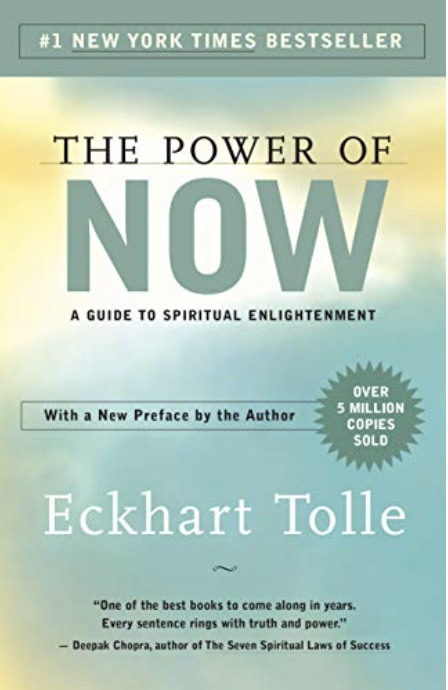
The Power of Now: A Guide to Spiritual Enlightenment
Eckhart Tolle
2010
Read: 2022
Non-Fiction, Reading Now
I’m not sure why I haven’t added this book until now. I’ve been reading it and re-reading it for years, and it has helped me through many a stressful time. I love the references to all of the world’s major religions. The main premise is rather Buddhist in nature, seeking the end of suffering through […]
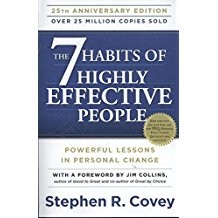
The Seven Habits of Highly Effective People
Stephen Covey
1989
Read: 2010 or before
Education/Leadership, Non-Fiction, Reading Now, Recommended for Young Adults
This is another one of my bedrock books. Stephen Covey has had such an influence on my personal and professional life. The seven habits: Be Proactive Begin with the End in Mind First Things First Win-Win Seek First to Understand, Then Be Understood Synergize Sharpen the Saw From “Beginning with the End in Mind” which […]
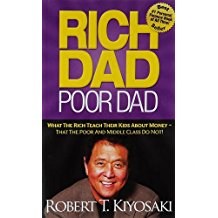
Rich Dad, Poor Dad
Richard Kiyosaki
2000
Read: 2010 or before
Non-Fiction, Reading Now, Recommended for Young Adults
It’s been on the best seller list since it came out. It’s corny and very simply written. But as a parent and an educator, there’s not better book to give you the big picture of money. We educators don’t think about money. We think about how overwhelming our job is, how wonderful it is to […]

Make Your Bed: Little Things that Can Change Your Life … and Maybe the World
Admiral William H. McRaven
2017
Read: 2021
Education/Leadership, Non-Fiction, Reading Now
I’ll get to the title of the book later. This is written about the trials and travails of life. It’s about how life can kick you in the teeth, whether or not you deserve it. He writes about Naval SEAL training and the strength you need to get through that. SEAL training prepares our young […]

The Life Changing Magic of Tidying Up
Marie Kondo
2011
Read: 2018
Education/Leadership, Non-Fiction, Reading Now
I was listening to an architect who specialized in building new schools talk about what classrooms should be. One of his pet peeves was all of the nonsensical and nonpurposeful clutter that occupies many classrooms. He thought that every classroom should contain only those items which are useful for teaching and learning or inspirational for […]
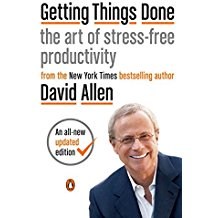
Getting Things Done
David Allen
2001
Read: 2011
Non-Fiction, Reading Now
When I started teaching at age 22, with just two large classes in a high powered high school, I had great ideas. About 10% of my great ideas turned out to be pretty good lesson plans. But behind all of the ideas, there was a jumble. I struggled to keep up with all of the […]